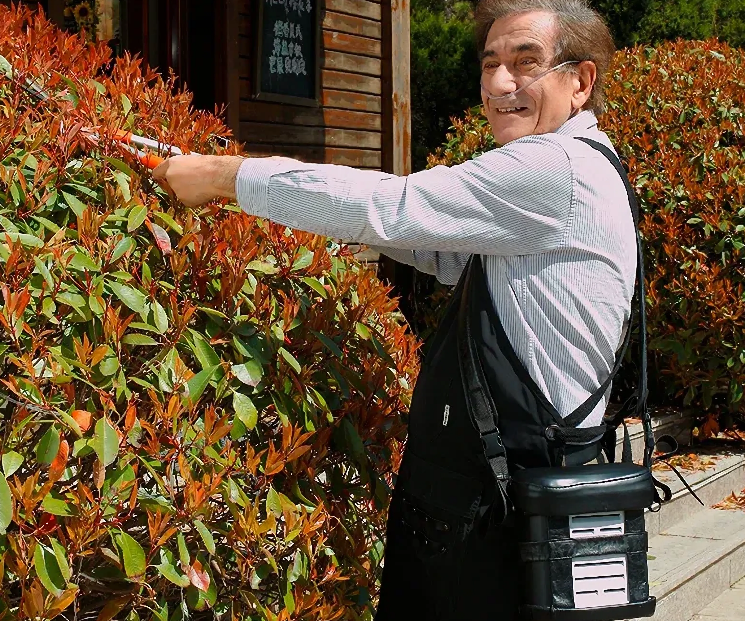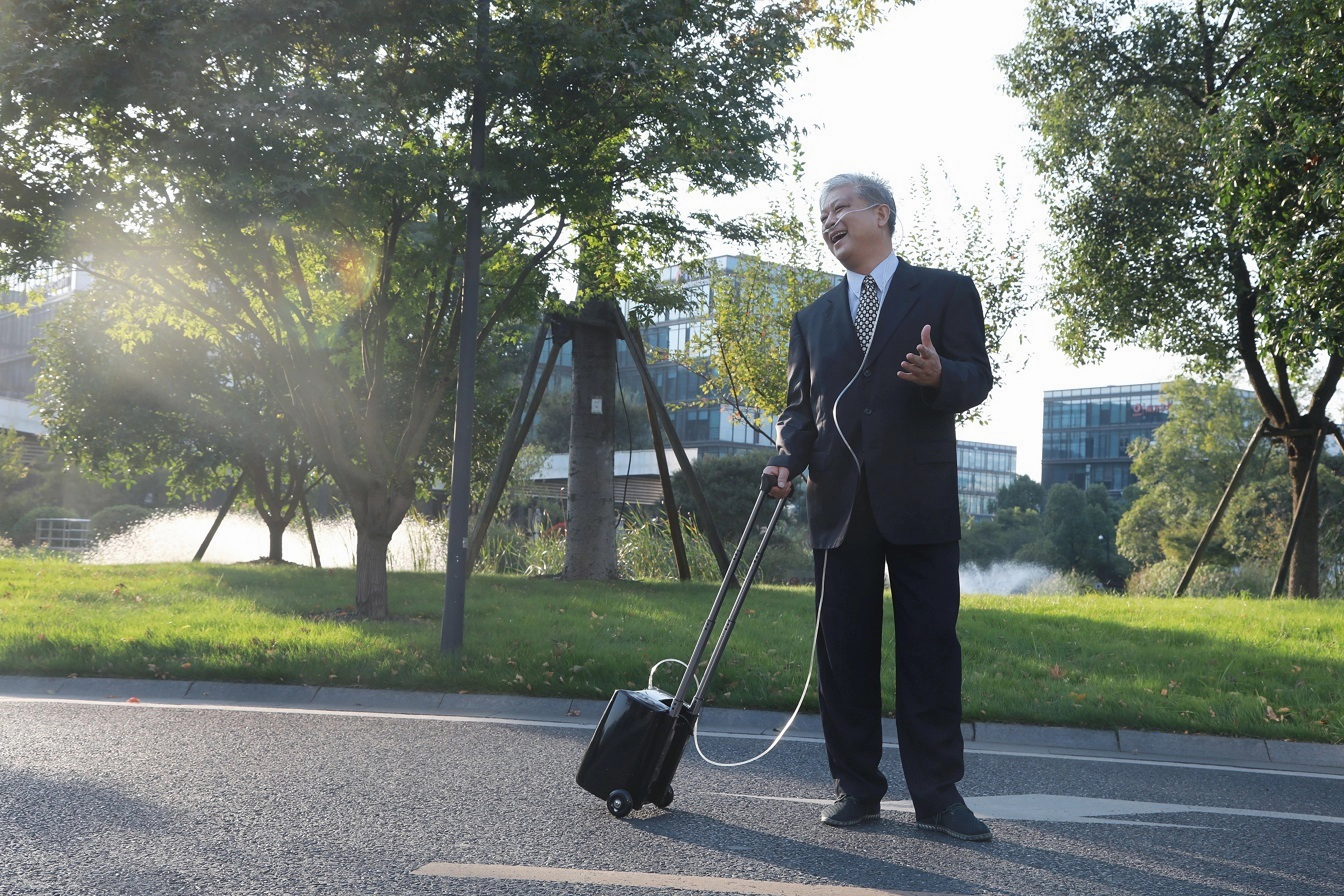The Growing Market and Allure of Portable Oxygen Concentrators
Portable oxygen concentrators separate oxygen from room air and deliver this purified oxygen directly to users. As disorders like COPD, pulmonary fibrosis, and other respiratory diseases continue increasing, more doctors are prescribing portable oxygen for ongoing use rather than just stationary units. The mobility and independence this allows are invaluable for improving quality of life. These machines have revolutionized how supplemental oxygen can be delivered.
Seeing the expanding market, many manufacturers now offer lower-cost non-medical oxygen concentrators directly to consumers. Their affordability and accessibility are tempting, especially for newly diagnosed users or those with only occasional needs. However, significant risks are inherent in using equipment not approved or customized for medical functionality. What may seem like easy savings can quickly turn into a nightmare situation without warning.

The Benefits of Non-Medical Grade Portable Concentrators
When evaluating non-medical oxygen concentrators, their surface-level benefits initially seem impressive, especially for their low prices. These include:
- Cost Savings: Basic portable concentrators start under $1000, much less than prescription models. This significantly lower investment makes them enticing for users with limited budgets.
- Adequate Oxygen Supply: Initially, Early-stage users often find non-medical concentrators provide sufficient oxygen when symptoms are mild. Their needs may be met with these basic machines.
- Convenience and Portability: Affordable availability right online with no prescription allows quick shipment directly to those who want mobile access to oxygen. Easy online shopping makes the process simple.
With surface "pros" like this, it is easy to gloss over the downsides of non-medical concentrators when making buying decisions. However, their serious risks simply cannot be ignored.
The Hidden Dangers of Non-Medical Grade Portable Oxygen Concentrators
Beneath the surface, major hazards are inherent with non-medical oxygen concentrators:
Insufficient Oxygen Output
As the respiratory disease progresses, oxygen needs to rise, often suddenly. Non-medical concentrators lack the output capacity to keep up. Supplemental oxygen cannot exceed 3 LPM, which is inadequate for many situations.
No Warning Mechanisms
When oxygen concentration levels drop due to technical issues, there are no safety warnings or alerts like with medical concentrators to prompt users to take action. Silent failures are extremely hazardous.
Misleading Oxygen Readings
The displayed oxygen percentage levels can be inaccurate or cease working without any indicator lights to warn the user. This prevents proper monitoring of oxygen administered.
Poor Quality Materials and Construction
Major product failures can occur caused by substandard quality components, faulty electronics, flimsy tubing, and dangerous lithium batteries. Non-medical grade means reliability testing and safety checks were not conducted.
Non-Compliance with Medical Device Regulations
No formal review process or oversight governance exists when safety and effectiveness protocols are not followed. Hazardous defects go undetected.
As one can see, lacking the rigorous specifications required for medical functionality opens the door to many serious risks that compromise health and safety. Saving money upfront can equate to far higher costs over time.

The Health and Medical Impacts of Using Non-Medical Oxygen Concentrators
The risks and defects discussed above lead to profoundly negative impacts on one's health trajectory and medical outcomes when using under-performing non-medical oxygen concentrators:
Delayed Diagnosis as Symptoms Are Obscured
As oxygen levels drop due to insufficient output, the resulting symptoms can be mistaken as disease progression instead of machine failure. This means treatment delays while underlying issues remain unaddressed.
Disease Progression Accelerates Without Adequate Oxygen
Depriving the body of adequate oxygen speeds up hypoxia and associated inflammation, causing underlying respiratory illness to worsen quickly. Irreversible damage occurs without proper supportive care.
Higher Subsequent Costs for Medical Care
Once the respiratory disease progresses faster, much more aggressive and expensive hospital treatments become necessary. This includes extended ICU care, ventilation support, and other acute care.
Shortened Lifespans and Reduced Quality of Living
The culminated impact is shortened lifespans and higher mortality rates. Daily activities become restricted sooner when disease progression accelerates.
All these negative medical consequences could have been avoided simply by using the proper oxygen equipment calibrated and designed specifically for therapeutic use from the start.
Turning the Tide - Safe Options and Informed Decisions
Facing the risks of non-medical oxygen concentrators, it's clear that safety should come first. The best step is to choose a medical-grade portable oxygen concentrator that is designed with your well-being in mind. Start by talking with your doctor; they'll help pinpoint exactly what you need and prescribe the right equipment just for you.
Medical-grade concentrators aren't only safer, they're smarter. They adapt as your needs change, have safety features to alert you if something's off, and are built to last. They're designed not just to work but to work wonders for your health, crafted following strict standards for the highest reliability.
So when you're looking at options, remember: cheaper isn't always better, especially when it comes to your health. Investing in a trustworthy, medical-grade concentrator means investing in a healthier, more vibrant life. Let the assurance of a dependable device inspire you to live every day to its fullest, knowing you've made a smart choice for your health and happiness.

Conclusion
After carefully considering the differences between non-medical and medical oxygen concentrators, the wise choice becomes clear: choose reliability over risk. While medical-grade equipment may come with a higher initial cost, the lasting benefits to your health and peace of mind far outweigh this early expense. When making an informed decision for medically approved concentrators, you're not just choosing a product but long-term health security.





Laisser un commentaire
Ce site est protégé par hCaptcha, et la Politique de confidentialité et les Conditions de service de hCaptcha s’appliquent.